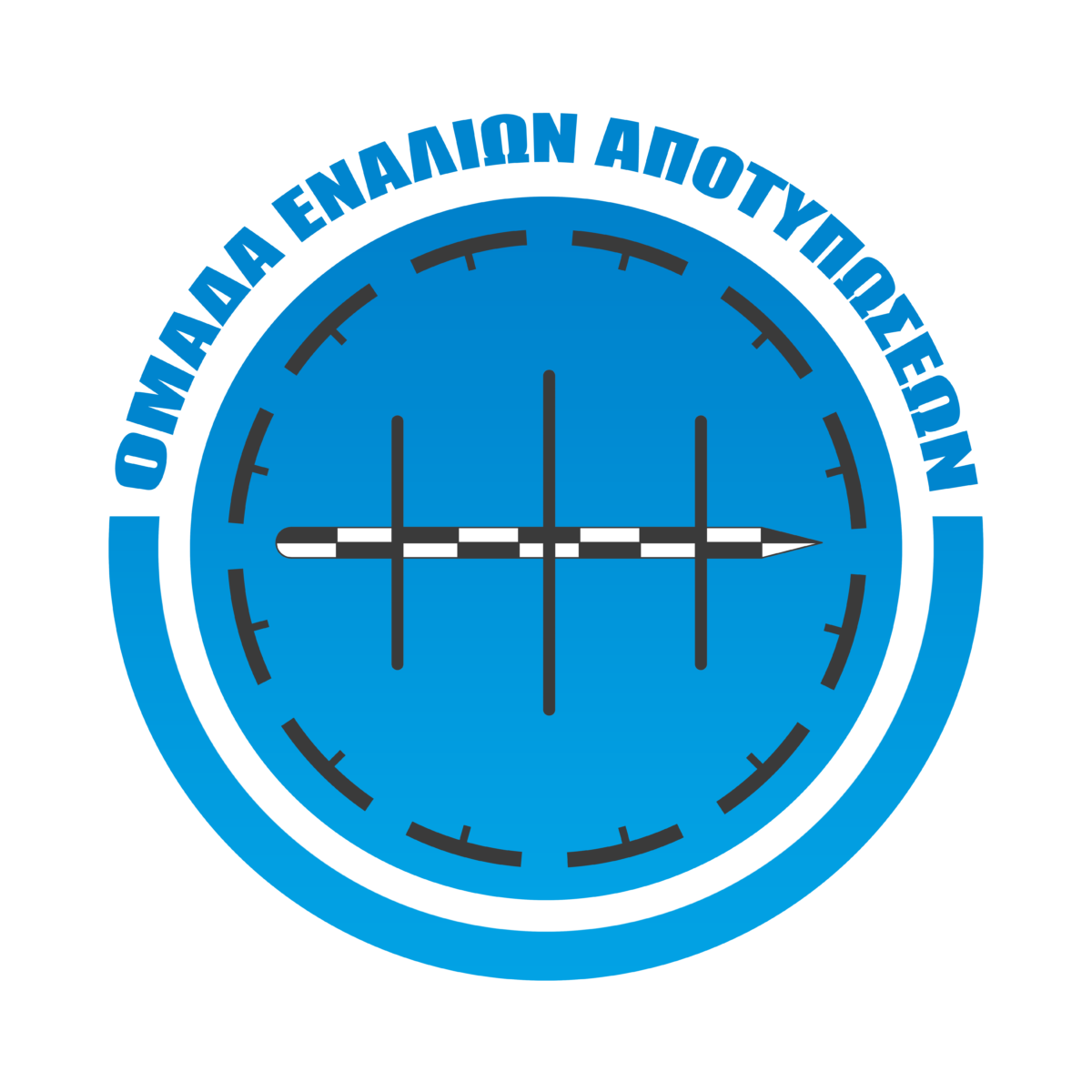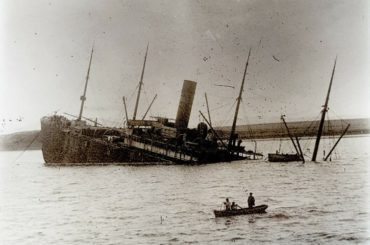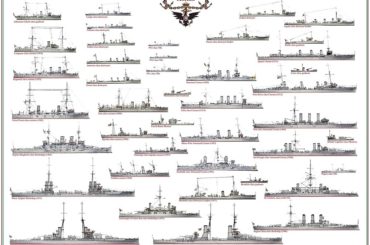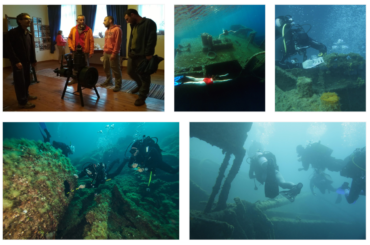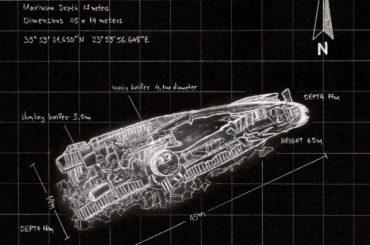A few facts
During World War II, the operation undertaken by German forces to occupy Greece in April 1941 relied heavily on their air force (the Luftwaffe). “Following successive air strikes, almost 120 Greek vessels, including the country’s entire passenger fleet and five hospital ships, were hit and sunk in Greek waters. Only four passenger vessels managed to survive by escaping to the Middle East” (www.greekshippingmiracle.org).
The total number of ships sunk in the Greek waters during World War II, as described in the work of Christos Dounis (1997, 2000), exceeds 1,000. In a 1948 inventory of its work, the Greek Shipwreck Lifting Organization (OAN) reports that it removed or dismantled more than 200 shipwrecks, clearing the major ports by 90% and re-delivering to commercial shipping more than 150 ships (Thoktaridis and Bilalis, 2017). Based on a recent Ministry of Culture and Sports press release, the names and locations of 91 shipwrecks “belonging to metal ships and aircraft which sank from 1868 to 1970 – most of them during World War II” are discribed (www.culture.gov.gr) – Of these, 44 ships and 17 aircraft sank during the period of 1940-1945
Taking action
In homage to this “decimation of the fleet” [1] 80 years (1941-2021) since the beginning of the German occupation, we present a list of basic ship-loss data in chronological order on a day-by-day basis. Unlike the logistics and restrictions imposed on physically visiting these submerged monuments (with “organized and guided diving“), the online presentation allows for the open dissemination of all relevant knowledge to the general diving and non-diving public as a whole. It is also an embodiment of the Underwater Survey Team’s (UST) mission to collect, compile and share information about shipwrecks in Greek waters. As such, we invite those who wish to add any supplemental information that they may have, thereby helping to fill any gaps in the historical record over the last 80 years. According to UST data (see “WW2 shipwrecks in Greek Waters“), from the beginning of World War II until 1940, 38 vessels were sunk. In 1941 alone, 394 vessels were sunk, more than half of which (211) in the first month of German occupation.
Accordingly, the presentation begins with the loss of ships in April 1941. The information will be presented on the www.wreckhistory.com website and on UST social media. The presentation is intended to continue throughout the occupation until October 1944, the month of German withdrawal.
Related Bibliography
Dounis Ch., 1997.“In Memory …” – Sailors and ships lost in the Second World War («Εις Μνήμην … » – Ναυτικοί και πλοία που χάθηκαν στο Δεύτερο Παγκόσμιο Πόλεμο). A. Ptsilos & Son OE, Athens. ISBN-960-7826-00-0
Dounis Ch., 2000. The Shipwrecks in the Greek Seas, 1900-1950 (Τα Ναυάγια στις Ελληνικές Θάλασσες, 1900-1950). FINATEC-MULTIMEDIA SA, Athens. ISBN-960-86590-5-1
Thoktaridis K., Bilalis A., 2017. Lifting history. The epic of shipwreck recovery in post-war Greece. (Ανελκύοντας την ιστορία.Η εποποιΐα της ανέλκυσης ναυαγίων στην μεταπολεμική Ελλάδα). Kyriakidis IKE, Thessaloiniki. ISBN-978-960-5991-73-9
[1] “At the end of the war, the Greek-flagged fleet had been reduced to a mere 150 ships” (www.greekshippingmiracle.org).
